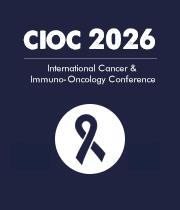Title : Underrepresentation of rural communities in cancer-related clinical trials
Abstract:
Despite consistent improvements in cancer prevention and care, rural and urban disparities in cancer incidence persist in the United States and in the world. Cancer incidence rates are generally higher in rural populations compared to urban ones, particularly for those cancers associated with lifestyle, particularly considering tobacco and alcohol as contributors. However, studies have shown that access to potentially life-saving clinical trials is uneven and that patients from rural communities suffer from markedly decreased rates of enrolment. One factor contributing to this imbalance in clinical trial participation is geographic location.With most trial sites located in urban settings, long travel distances become a significant challenge, especially for those already managing serious illnesses. On top of that, many rural patients and their healthcare providers are unaware of clinical trial opportunities due to limited outreach and awareness. Healthcare facilities in rural locations are often not equipped nor staffed appropriately to offer cancer-related clinical trials. From a cost-effective standpoint, investing in clinical trial infrastructure might be problematic. Furthermore, socioeconomic challenges for patients such as the cost of travel, accommodation, and time off work create practical barriers to participation.The potential role of education also deserves exploration.Pro-actively leveraging opportunities to promote health literacy on clinical trials for patients from rural background as well as addressing associated social determinants of health will be critical to expand access.The purpose of this research is to thus present a multi-faceted, public health based framework to address rural disparities in clinical trial access for patients with cancer so that tangible improvements in outcomes can be achieved, ensuring that no segments of the population are left behind.



